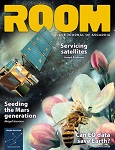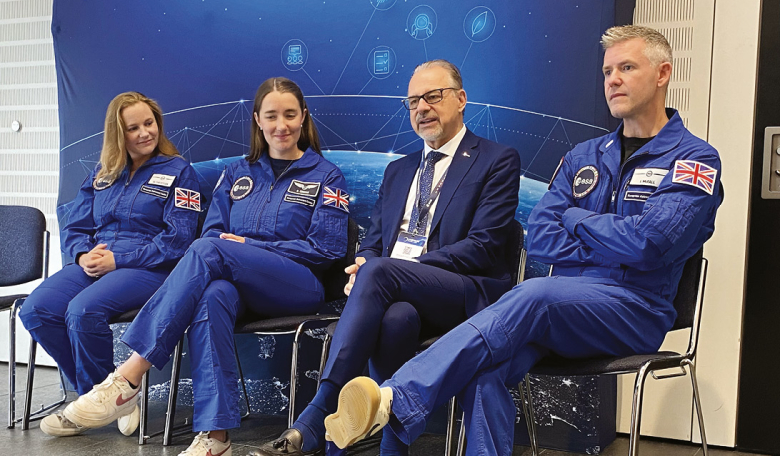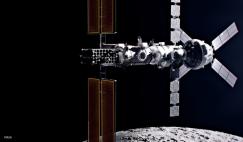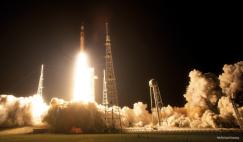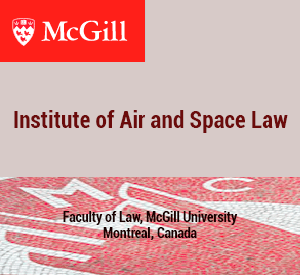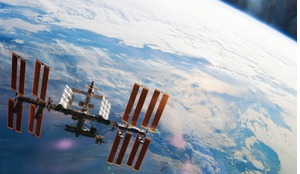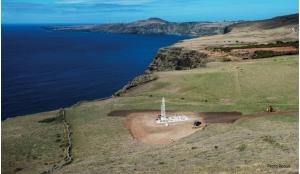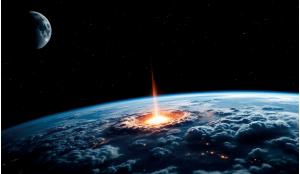The UK’s engagement with human spaceflight (HSF) has entered a new and potentially transformative phase. With multiple UK-born astronauts active within the European Space Agency (ESA) and new opportunities emerging in the commercial space sector, Britain appears poised to move from a peripheral participant to an active contributor in crewed space exploration.
After years of non-participation in human spaceflight (HSF), the image of the four astronauts attending the UK Space Conference (UKSC) in Manchester this summer was a huge contrast to the pre-2009 situation.
Historically, the UK has been a reluctant partner in HSF and, before 2009, successive governments avoided significant participation, often citing high costs and limited scientific return. Former Astronomer Royal Sir Martin Rees consistently took the view that robotic exploration of space was a better and safer approach.
The British National Space Centre (BNSC) operated with minimal resources, and UK astronauts such as Michael Foale and Piers Sellers had to obtain US citizenship to fly with NASA. Only Dr Helen Sharman, who flew privately to the Mir space station in 1991, had reached orbit as a British citizen.
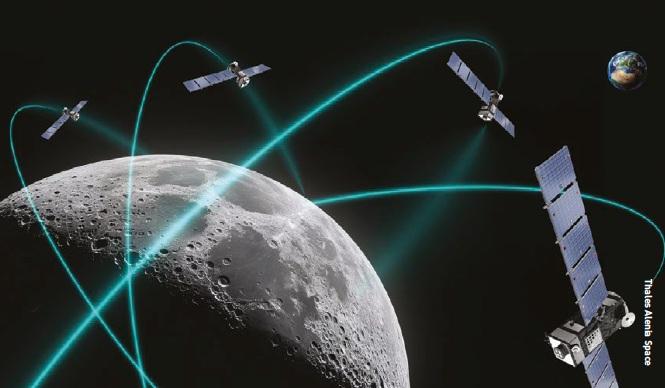 ESA’s Moonlight programme, officially announced in 2024, is a landmark initiative to create a satellite constellation orbiting the Moon for future comms and navigation services.
ESA’s Moonlight programme, officially announced in 2024, is a landmark initiative to create a satellite constellation orbiting the Moon for future comms and navigation services.
Change began with national lobbying efforts and pivotal discussions in 2008-09 between UK Science Minister Lord Drayson and ESA Director General Jean-Jacques Dordain. The formation of the UK Space Agency (UKSA) in 2010 and subsequent commitments under Science Minister David Willetts paved the way for Tim Peake’s selection as an ESA astronaut and his high-profile Principia mission to the International Space Station (ISS) in 2015-16.
ESA engagement
The selection of the ESA ‘Class of 2022’ marked a major expansion of Europe’s astronaut corps, increasing the number of astronauts from seven to 17. Among the successful applicants were three UK-born individuals – Dr Rosemary Coogan, a professional astrophysicist selected as a career astronaut; Meganne Christian, a reserve astronaut with Antarctic research experience; and John McFall, a Paralympic runner selected for ESA’s ‘Fly!’ programme assessing disability inclusion in space.
Coogan has since undergone extensive training, including extravehicular activity preparation at NASA’s Neutral Buoyancy Lab in Houston. Though ISS access will be limited ahead of its planned 2030 de-orbit, ESA has pledged that all five career astronauts from the 2022 intake will receive flight assignments and two are already scheduled for missions in 2026. Reserve astronaut Christian continues ISS-related training, while McFall has completed the ‘Fly!’ programme and is certified for orbital flight.
Beyond the ISS
The selection of the ESA ‘Class of 2022’ marked a major expansion of Europe’s astronaut corps, increasing the number of astronauts from seven to 17
ESA’s broader ambitions extend to deep space, notably through the Terrae Novae programme and participation in NASA’s Artemis initiative. ESA is supplying critical components for lunar missions, including the European Service Modules (ESMs) for the Orion spacecraft, Gateway station modules and the Argonaut lunar landers. The UK is also leading the Moonlight constellation – a planned lunar navigation and communications network developed by Surrey Satellite Technology Ltd (SSTL).
Barter arrangements with NASA are expected to place at least three ESA astronauts on upcoming Artemis missions, subject to the emerging NASA budget approvals from the US Congress. With Germany and Italy strongly positioned due to industrial contributions, the UK’s role will depend on continued political support and strategic alignment. Whether UK astronauts such as Coogan or Christian could be assigned to a lunar mission remains uncertain but plausible.
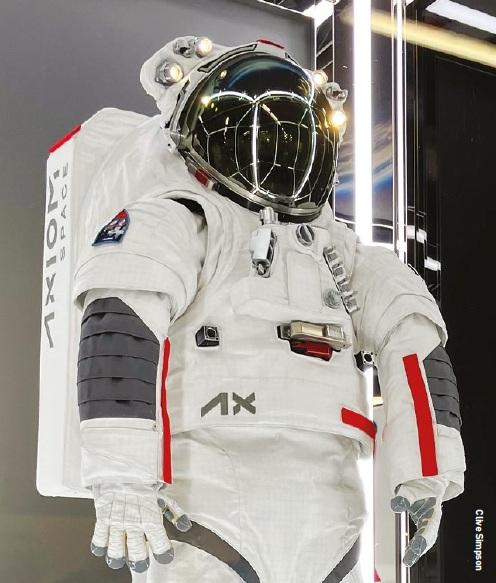 Axiom Space, a Houston-based spaceflight services company, and Italian luxury fashion house Prada revealed the outer layer of the spacesuit to be worn on NASA’s first Artemis mission to land humans on the lunar surface during IAC 2024 in Milan, Italy.
Axiom Space, a Houston-based spaceflight services company, and Italian luxury fashion house Prada revealed the outer layer of the spacesuit to be worn on NASA’s first Artemis mission to land humans on the lunar surface during IAC 2024 in Milan, Italy.
At least three ESA astronauts will be assigned to three of the forthcoming Orion lunar flights, most likely Artemis IV, V and VI, via barter arrangements. The current Artemis programme (as of July 2025) is: Artemis I – uncrewed (completed 2022); Artemis II – three NASA astronauts, one CSA Canadian (2026); Artemis III – first lunar landing; four NASA astronauts (2027); Artemis IV – NASA crew, plus one ESA; Gateway Hab. Module (post 2028); Artemis V – NASA crew, one ESA; Gateway Esprit module; and Artemis VI – NASA crew, one ESA, second landing.
Commercial pathways
In parallel with government and ESA channels, commercial opportunities are expanding. Former ESA astronaut Tim Peake, who retired from active duty in 2023, is now advising on a potential UK-led private mission to the ISS in partnership with Axiom Space. The initiative envisions a UK-crewed research flight, possibly launching in the late 2020s, based on a possible private funding target in the region of £150-£200 million.
Axiom’s previous missions have demonstrated the viability of private ISS access using SpaceX Dragon vehicles, often crewed by veteran NASA astronauts. Peake’s background as a military test pilot and experienced space farer positions him as a strong candidate to lead such a flight. Should such a mission proceed, it could also offer a seat for one or more of the UK’s newer ESA astronauts, extending their orbital experience and boosting the UK’s visibility in HSF.
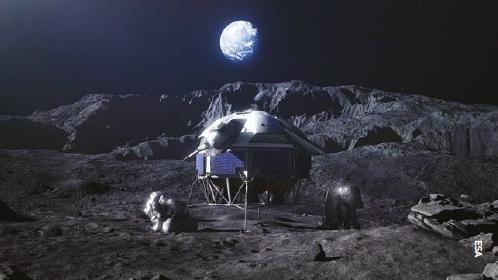 The European Space Agency (ESA) signed a contract in January 2025 with Thales Alenia Space, Italy, to lead European aerospace companies in building the Argonaut lunar descent element of ESA’s first lunar lander. From the start of the next decade, the spacecraft will launch regular missions to the Moon, delivering infrastructures, scientific instruments, rovers, technology demonstrators and vital resources for astronauts on the lunar surface.
The European Space Agency (ESA) signed a contract in January 2025 with Thales Alenia Space, Italy, to lead European aerospace companies in building the Argonaut lunar descent element of ESA’s first lunar lander. From the start of the next decade, the spacecraft will launch regular missions to the Moon, delivering infrastructures, scientific instruments, rovers, technology demonstrators and vital resources for astronauts on the lunar surface.
Strategic outlook
Despite having an annual civil space budget of just £475 million – less than a quarter of France’s – the UK remains a significant contributor to ESA’s exploration agenda. Its National Space Strategy, published in 2021, explicitly supports HSF involvement and positions Artemis as a pathway to greater international collaboration.
With a mix of ESA-led initiatives, lunar ambitions and private-sector momentum, the UK’s human spaceflight programme is entering a critical phase. Strategic investment and international cooperation will be essential to ensure that British astronauts continue to fly and perhaps one day walk on the Moon.
About the Author
Nick Spall is a London-based space and aviation writer specialising in human spaceflight. He has participated in ESA-led parabolic flight campaigns and undertaken centrifuge training in the UK and USA. He is a Fellow of the British Interplanetary Society.


